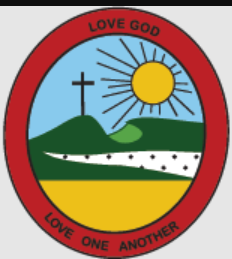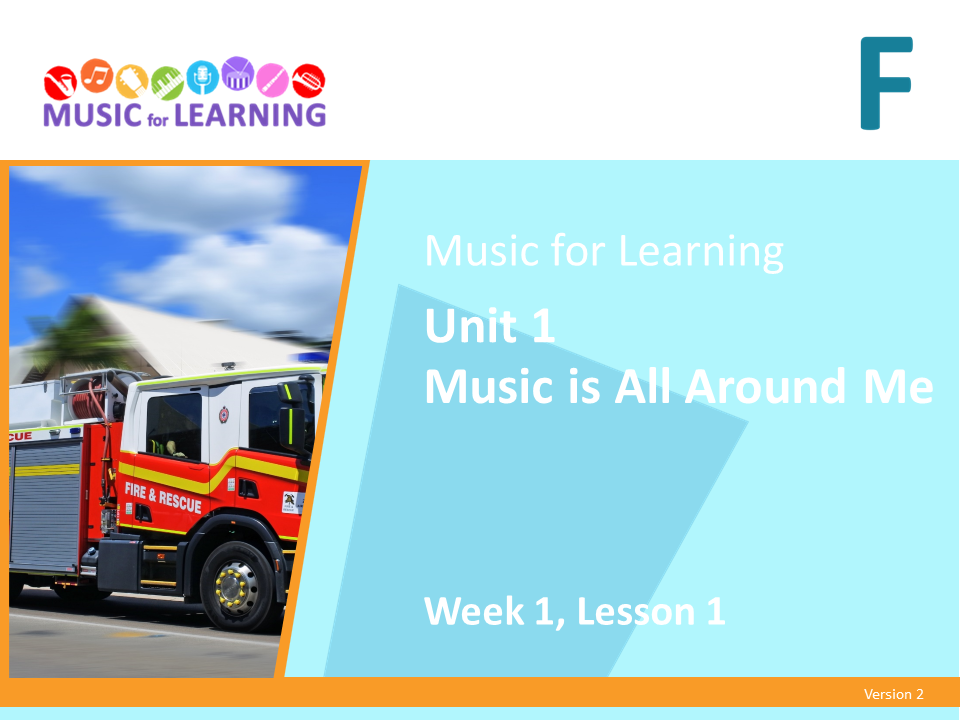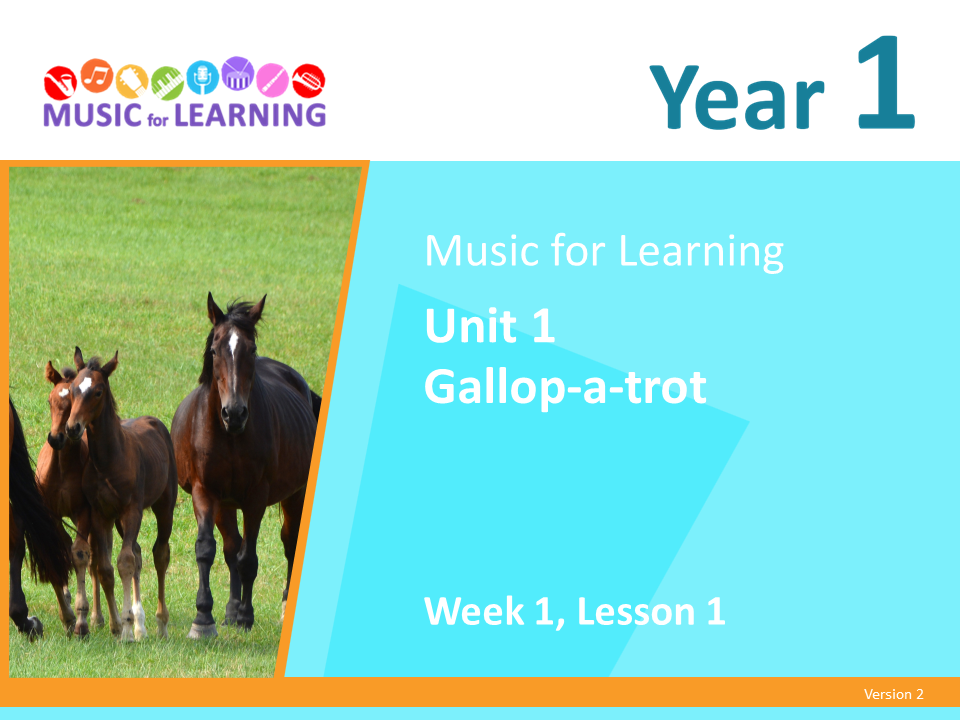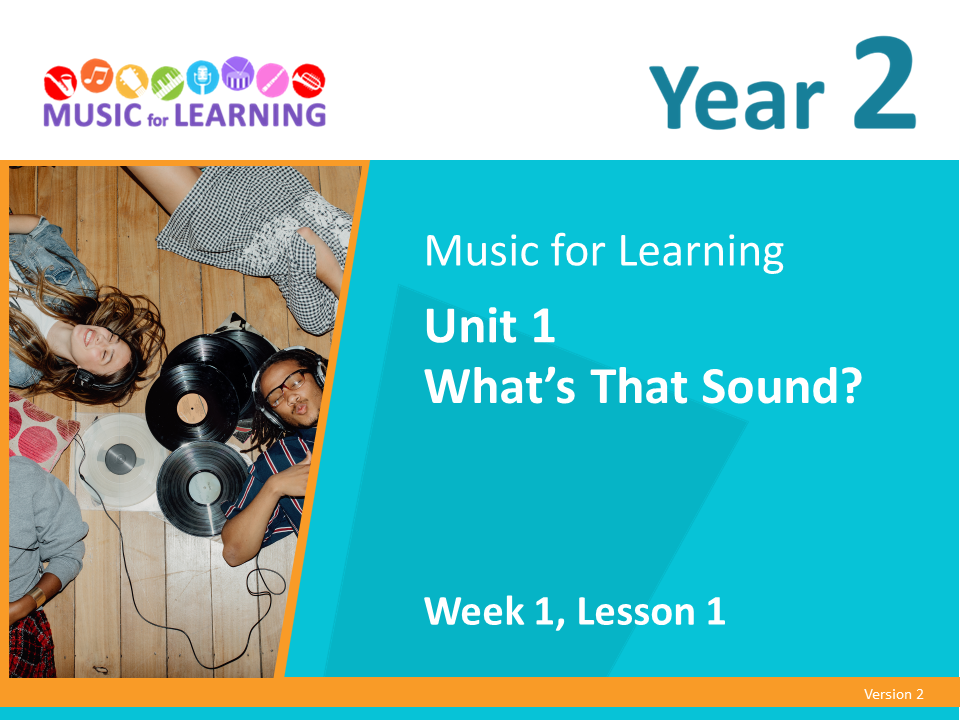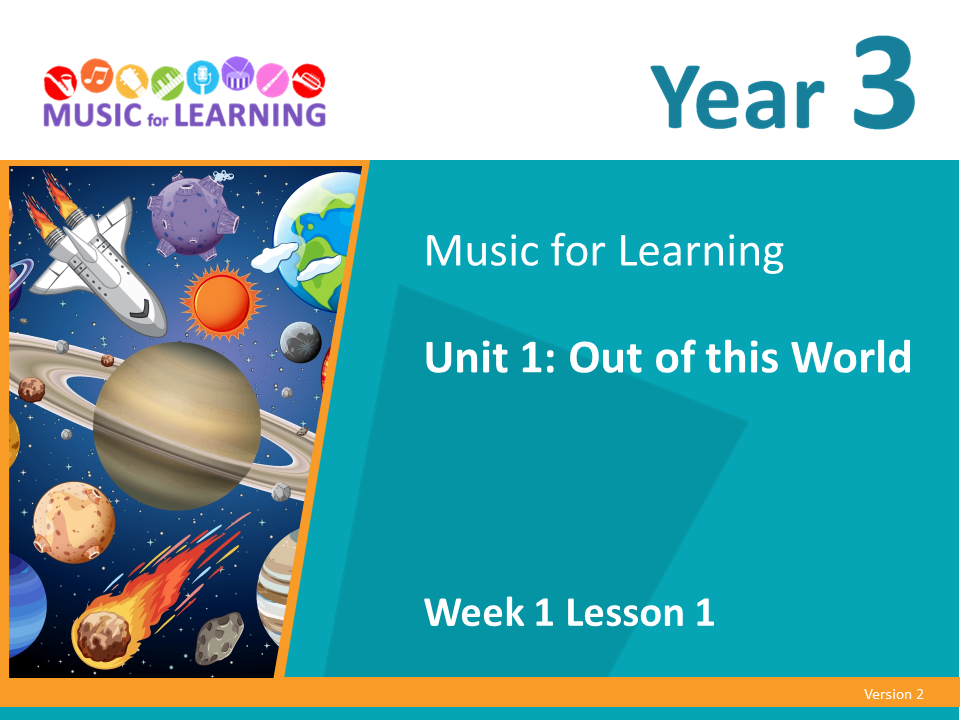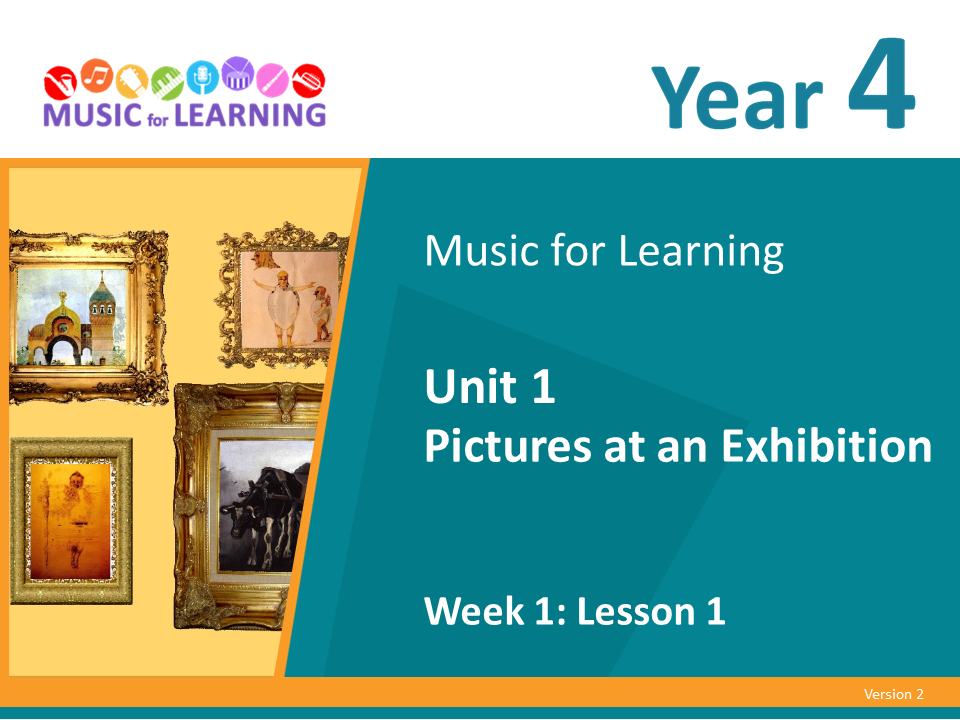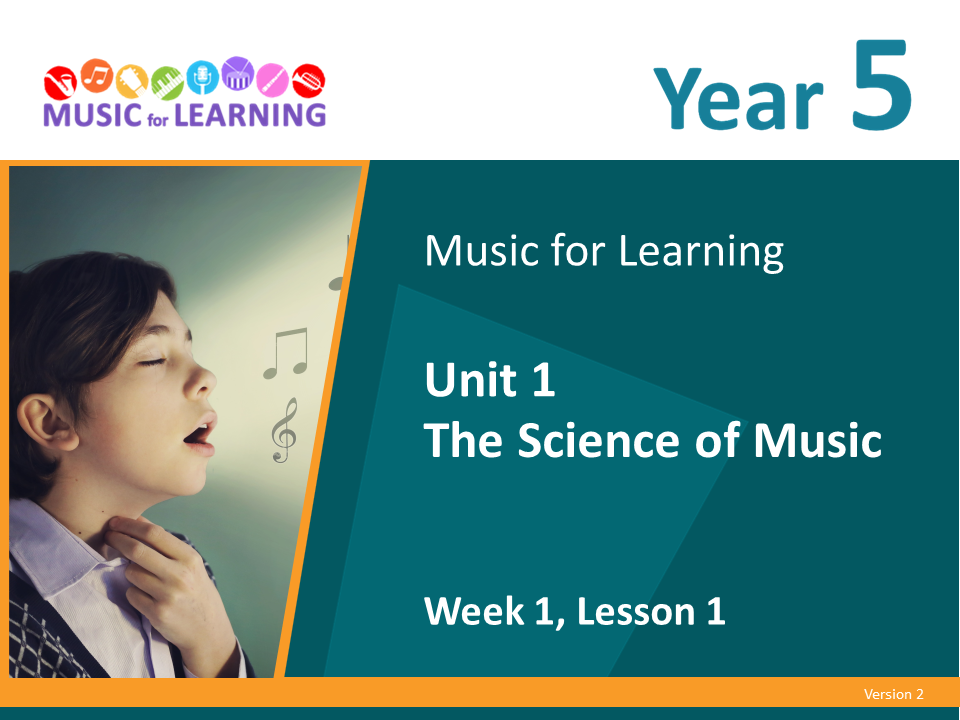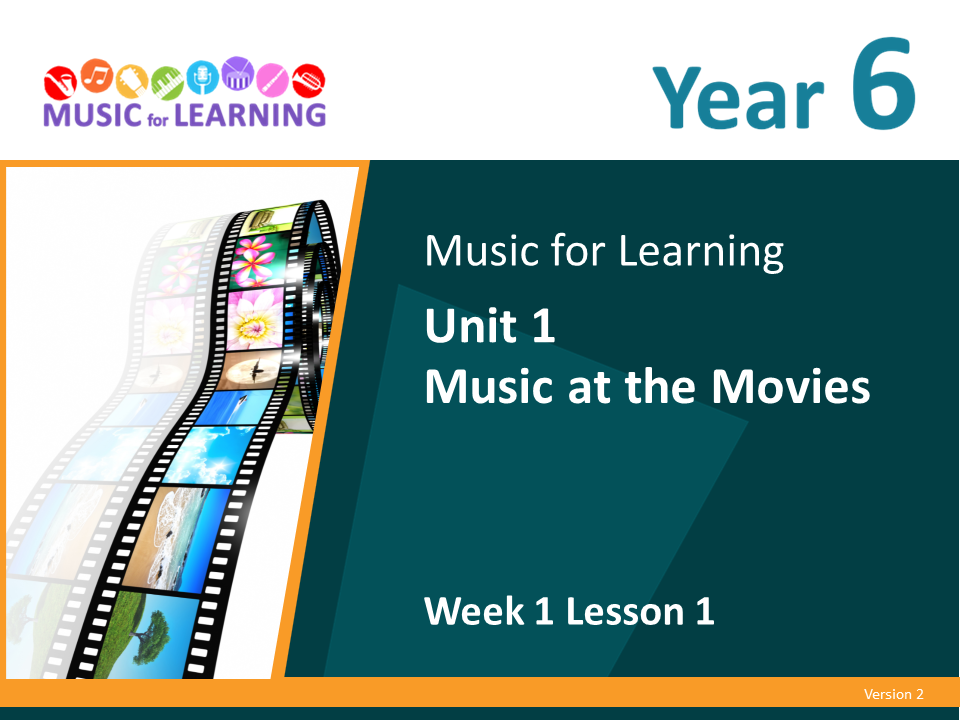Music for Learning F-6
Unit 1
Music for Learning meets Australian Curriculum Music requirements.
Starter Lessons
Unit Overviews
Teaching Resources
Australian Curriculum Content Descriptions
Foundation Year Unit 1: Music Is All Around Me is a Music unit for Foundation Year students. It aligns to the Australian Curriculum Content Description:
- AC9AMUFE01 – explore how and why the arts are important for people and communities.
- AC9AMUFD01 – use play, arts knowledge, processes and/or skills to discover possibilities and develop ideas.
- AC9AMUFC01 – create arts works that communicate ideas.
- AC9AMUFP01 – share their arts works with audiences.
Learning Objectives
Year Foundation Lesson 1 Series:
Students will:
- know that letters, numbers, signs and music notes are all symbols used for reading
- learn to sing s and m in tune
- learn to show the correct body ladder positions for s and m
- learn to notate the rhythm of ‘Rain, Rain’ and ‘Snail, Snail’
- learn to tap the beat and clap the rhythm
- recognise the rhythm of their own name
- learn to compose a rhythm using ta and titi
- match simple words to ta and titi
- use their speaking voice to memorise and respond to a rhyme
- know the ways music can tell a story about the weather
- make a rain stick and perform a weather soundscape
Year Foundation Lesson 2 Series:
Students will:
- learn to sing songs about the weather in tune
- show the shape of melodies in the air
- compose and perform a rhythm using body percussion
- demonstrate a strong beat when singing and performing
- learn how to sing in different groups in a choir formation
- learn and show good behaviours for performing
- learn how to rehearse for a performance
Assessment
End-of-Unit Assessment
The End-of-Unit Assessment occurs at the end of the unit and usually includes a performing, composing or responding task. Composing tasks are usually completed progressively throughout the unit, and assessed at the end. All assessment resources are contained within the teaching resources.
Teaching Resources
Australian Curriculum Content Descriptions
Year 1 Unit 1: Gallop-a-trot is a Music unit for Year 1 students. It aligns to the Australian Curriculum Content Description:
- AC9AMU2E01 – explore where, why and how people across cultures, communities and/or other contexts experience music.
- AC9AMU2E02 – explore examples of music composed and/or performance by First Nations Australians.
- AC9AMU2D01 – developing listening skills and skills for singing and playing instruments.
- AC9AMU2C01 – select and combine elements of music when composing and practising music for performance.
Learning Objectives
Year 1 Lesson 1 Series:
Students will:
- notate s-m-l on the 3-line stave
- show s-m-l with their body ladder when singing
- understand connections between song lyrics and meaning
- explore how the music elements can show the feeling of a particular season
- order rhythms to match the structure of a known song
- read and perform graphic notation
- use body percussion patterns and actions with a partner to show the beat
- notate the pitch and rhythm for ‘Plainsies Clapsies’ and ‘Bluebells’
- link learning to Science: push and pull
Year 1 Lesson 2 Series:
Students will:
- sing in tune in unison and keep a steady beat
- practice using clear diction when singing
- compose and then perform a body percussion ostinato
- memorise lyrics, actions and storyline to perform a cumulative song
- know that melodies can have different high and low shapes
- learn and show good behaviours for performing
- learn how to rehearse for a performance
- perform songs about nature for an audience
Assessment
End-of-Unit Assessment
The End-of-Unit Assessment occurs at the end of the unit and usually includes a performing, composing or responding task. Composing tasks are usually completed progressively throughout the unit, and assessed at the end. All assessment resources are contained within the teaching resources.
Teaching Resources
- Lesson 1
- Lesson 2 (coming soon)
- Teaching Guide
- Student Workbook Lesson 1
- Student Workbook Lesson 2 (coming soon)
Australian Curriculum Content Descriptions
Learning Objectives
Assessment
Australian Curriculum Content Descriptions
Year 3 Unit 1: Out of This World is a Music unit for Year 3 students. It aligns to the Australian Curriculum Content Description:
- AC9AMU4E01 – explore where, why and how music is composed and/or performed across cultures, times places and/or other contexts.
- AC9AMU4E02 – explore how First Nations Australians use music to communicate their connection to and responsibility for Country/Place.
- AC9AMU4D01 – develop listening skills and skills manipulating elements of music when singing and playing instruments.
- AC9AMU4C01 – manipulate elements of music to communicate ides, perspectives and/or meaning when composing and practising for performance.
- AC9AMU4P01 – sing and play music they have learnt and/or composed in informal settings.
Learning Objectives
In Weeks 1-9, students learn:
- To sing together in tune
- To notate the rhythm and solfa of a song
- Melodies can be high or low
- To write d, r and m on the treble stave
- To draw a treble clef
- The names of the notes on the treble stave
- To describe how music can tell a story
- A new rhythm: ta-a
- To apply musical elements to a piece of music
- To convert sol-fa to letter names on the treble stave
- To analyse a First Nation’s piece of music
- To notate a known song on the treble stave
- To prepare for your assessment and performance
- To present Swing a Lady Uptom for assessment
- To demonstrate understanding of musical elements
- To complete their music assessment
- To compare the musical elements in two pieces of music.
Assessment
End-of-Unit Assessment
The End-of-Unit Assessment occurs at the end of the unit and usually includes a performing, composing or responding task. Composing tasks are usually completed progressively throughout the unit, and assessed at the end. All assessment resources are contained within the teaching resources.
Teaching Resources
Australian Curriculum Content Descriptions
Year 4 Unit 1: Pictures at an Exhibition is a Music unit for Year 4 students. It aligns to the Australian Curriculum V9.0 Content Description:
- AC9AMU4E01 – explore where, why and how music is composed and/or performed across cultures, times places and/or other contexts.
- AC9AMU4E02 – explore how First Nations Australians use music to communicate their connection to and responsibility for Country/Place.
- AC9AMU4D01 – develop listening skills and skills manipulating elements of music when singing and playing instruments.
- AC9AMU4C01 – manipulate elements of music to communicate ides, perspectives and/or meaning when composing and practising for performance.
- AC9AMU4P01 – sing and play music they have learnt and/or composed in informal settings.
Learning Objectives
Students will:
- identify and sing the minor pentatonic scale
- learn to identify and sing s,
- sing in unison and in up to 3 parts
- sing folksongs in words, time names and sol-fa
- distinguish between major and minor tonalities
- notate rhythms in simple triple and simple quadruple time
- visually and aurally identify orchestral instruments, their family, mode of sound production and their timbre
- create a musical structure using a known song
- complete an aural and written assessment task
Year 4 Lesson 2 Series
Students will:
- sing in unison and in a round
- learn to recognize s, and l, when they see it and hear it
- read and perform rhythms in simple time signatures
- memorise, rehearse and perform ‘The Instrument Song,’ ‘The Riddle Song,’ ‘The Birch Tree’ and ‘Yonder Mountain.’
- be introduced to the concept of a leitmotif and how character can be represented in music
- practice good performing behaviours
Assessment
End-of-Unit Assessment
The End-of-Unit Assessment occurs at the end of the unit and usually includes a performing, composing or responding task. Composing tasks are usually completed progressively throughout the unit, and assessed at the end. All assessment resources are contained within the teaching resources.
Teaching Resources
Australian Curriculum Content Descriptions
Year 5 Unit 1: The Science of Music is a Music unit for Year 5 students. It aligns to the Australian Curriculum Content Description:
- AC9AMU6E01 – explore the ways that the elements of music are combined in music across cultures, times, places and/or other contexts
- AC9AMU6E02 – explore ways First Nations Australians use music to continue and revitalise culture
- AC9AMU6D01 – develop listening/aural skills and skills for manipulating elements of music to achieve expressive effects when composition, singing, and playing instruments.
- AC9AMU6C01 – manipulate elements of music and use compositional devices to communicate ideas, perspectives and/or meaning when composing and practising music for performance, and notate, document and/or record the music they compose.
- AC9AMU6P01 – perform music in a range of forms they have learnt and/or composed in informal and/or formal settings.
Learning Objectives
Year 5 Lesson 1 Series:
Students will:
- visually and aurally identify simple time rhythms including tikatika, ti-tika and tika-ti
- notate rhythms in simple triple time
- introduce fa to their knowledge and understanding of sol-fa
- revise s, and l,
- learn the key of F Major and the function of a flat
- devise and explain how movement and tempo can tell a story
- analyse and evaluate ‘Moth’ by Bangarra Dance Theatre
- learn the musical terms for tempo
- sing in unison and in a 3 or 4-part round
- complete a performing and presenting assessment based on the folk song, ‘Cedar Swamp’
Year 5 Lesson 2 Series:
Students will:
- learn a new rhythmic unit: tim-ka
- notate and aurally and visually identify an anacrusis
- memorise an American Appalachian circle dance and movement for ‘Nigun Atik’
- explore dances of our First Nations Peoples
- sing and perform ‘Oh, How Lovely,’ ‘Do Se So,’ ‘Alligator Hedgehog,’ and ‘Old Joe Clark’
- learn to memorise and perform in different formations
Assessment
End-of-Unit Assessment
The End-of-Unit Assessment occurs at the end of the unit and usually includes a performing, composing or responding task. Composing tasks are usually completed progressively throughout the unit, and assessed at the end. All assessment resources are contained within the teaching resources.
Teaching Resources
- Lesson 1
- Lesson 2 (coming soon)
- Teaching Guide
- Student Workbook
Australian Curriculum Content Descriptions
Year 6 Unit 1: Music at the Movies is a Music unit for Year 6 students. It aligns to the Australian Curriculum Content Description:
- AC9AMU6E01 – explore the ways that the elements of music are combined in music across cultures, times, places and/or other contexts
- AC9AMU6E02 – explore ways First Nations Australians use music to continue and revitalise culture
- AC9AMU6D01 – develop listening/aural skills and skills for manipulating elements of music to achieve expressive effects when composing, singing, and playing instruments.
- AC9AMU6C01 – manipulate elements of music and use compositional devices to communicate ideas, perspectives and/or meaning when composing and practising music for performance, and notate, document and/or record the music they compose.
- AC9AMU6P01 – perform music in a range of forms they have learnt and/or composed in informal and/or formal settings.
Learning Objectives
In Weeks 1-9, students learn:
- How our bodies make sound
- To recognise an anacrusis
- To recognise the note “fa”
- To sing two new songs in unison and in harmony
- To use aural skills to memorise and reproduce melodic phrases
- That a vibrating object creates sound waves
- The faster the soundwave, the higher the pitch
- To recognise the difference between a rhythmic ostinato and a melodic ostinato
- To memorise and sing songs using a specific form
- That the speed of soundwaves determines the pitch of the sound we hear
- To identify and count an anacrusis
- The terms ostinato, round and harmony
- To use aural skills to memorise and perform a new song with confidence
- Titi can be broken down into tikatika
- Titi and tikatika can be combined to make ti-tika and tika-ti
- An understanding of the anacrusis
- To apply knowledge of breath support to sing a new song in unison and harmony
- To compose and perform a rhythmic ostinato for a known song
- To locate and perform tikatika and ti-tika in a song
- How sound travels to our ears
- To understand and perform a descant
- To use aural skills and sing in multiple elements of harmony
- To apply the science of music to the instruments of First Nations Peoples
- To categorise instruments according to how they make sound
- To perform known songs with increasing complexity
- To devise movement to represent meaning in a song
- To demonstrate an understanding of a range of rhythmic concepts
- To demonstrate an understanding of sol-fa
- To demonstrate an understanding of the science of music
- To practise a round to perform for an audience of your peers
- To rehearse songs in preparation for an upcoming public performance
- To demonstrate proper performance presence
- To demonstrate an understanding of a range of rhythmic concepts
- To demonstrate an understanding of the science of music
- To perform a round for an audience of your peers
- To perform songs for an audience of peers, teachers, and parents
- To demonstrate proper performance presence
- To identify steady beat and rhythm
- To explain the difference between rhythm and steady beat.
Assessment
End-of-Unit Assessment
The End-of-Unit Assessment occurs at the end of the unit and usually includes a performing, composing or responding task. Composing tasks are usually completed progressively throughout the unit, and assessed at the end. All assessment resources are contained within the teaching resources.
Other Units
- Unit 2: Coming Soon!
- Unit 3: Coming Soon!
- Unit 4: Coming Soon!
Lesson Design
Lesson Objective
Success Criteria
Activating Prior Knowledge
I Do
We Do
Apple Question
You Do
Revise
